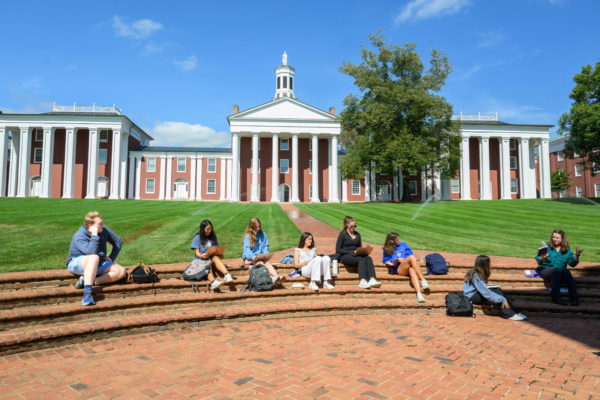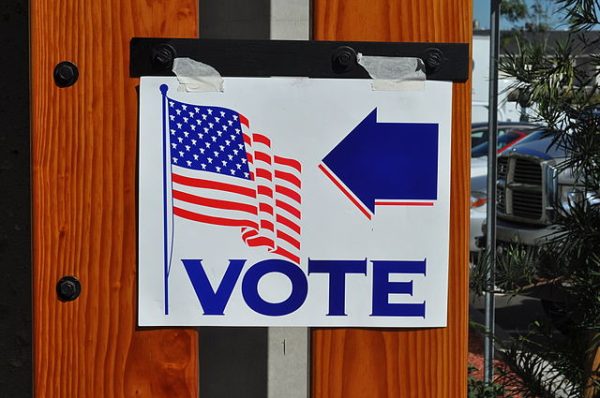The reality of Seasonal Affective Disorder
January 21, 2019
It happens every year. The pumpkins, hot apple cider and holiday decorations disappear, and we find ourselves once again at the starting line of a semester that promises late nights in the library and frigid walks to class. Some students handle the stress of the long, dark months of January, February and March with snowball fights and Feb break trips to the tropics. But for others, it can be a lot harder.
The truth is that the downcast feeling many students experience in the winter may not be just a bad mood. In some cases, it signifies a form of depression referred to as Seasonal Affective Disorder (SAD). According to the National Institute of Health, SAD likely occurs due to fluctuations of hormones in the brain at certain times of the year that trigger attitude-related changes. Psychiatrists theorize that less sunlight in the winter months leads to diminished production of serotonin, a brain hormone that is responsible for regulating mood. When the production of serotonin is disrupted, feelings of depression and fatigue may result.
In an environment with high academic, extracurricular and social demands, it is easy for us to neglect our mental health. College students often attempt to bulldoze their way through negative feelings at the cost of their mental and physical well-being. With this in mind, it is imperative that we are aware of the existence and signs of SAD so it does not go unnoticed in our university community. The symptoms of SAD can range from agitation and lack of motivation to social withdrawal and suicidal thoughts. This being said, the importance of addressing SAD before it becomes too serious cannot be overstated, and will likely lead to less stress and negativity in the long run.
In addition to anti-depressant medications, the National Institute of Health recommends two natural treatments for those suffering from SAD. Perhaps the most popular is light therapy, which involves 20-60 minutes of exposure to 10,000 lux of cool-white florescent light through a light box. This treatment is meant to replace the reduced sunlight of the winter months with bright, artificial light. Cognitive-behavioral therapy, a form of psychotherapy through which patients are trained to replace negative thoughts with positive thoughts, has also shown promising results for people experiencing SAD. Additionally, scientists recommend complementing the above treatments with a higher dietary intake of Vitamin D to account for diminished exposure to sunlight.
Ultimately, it is vital that the reality of seasonal depression is acknowledged and addressed by the Washington and Lee community. In order to avoid the dangerous consequences of depressive disorders like SAD, we must reconsider our inclination to sacrifice mental and physical health in order to meet the expectations of our high-achieving environment. As classmates, teammates, roommates and peers, it is up to us to be willing to discuss mental health afflictions like SAD. As a campus, we must work harder to serve as resources of support for those who may not be able to see the light at the end of the long, dark winter.












